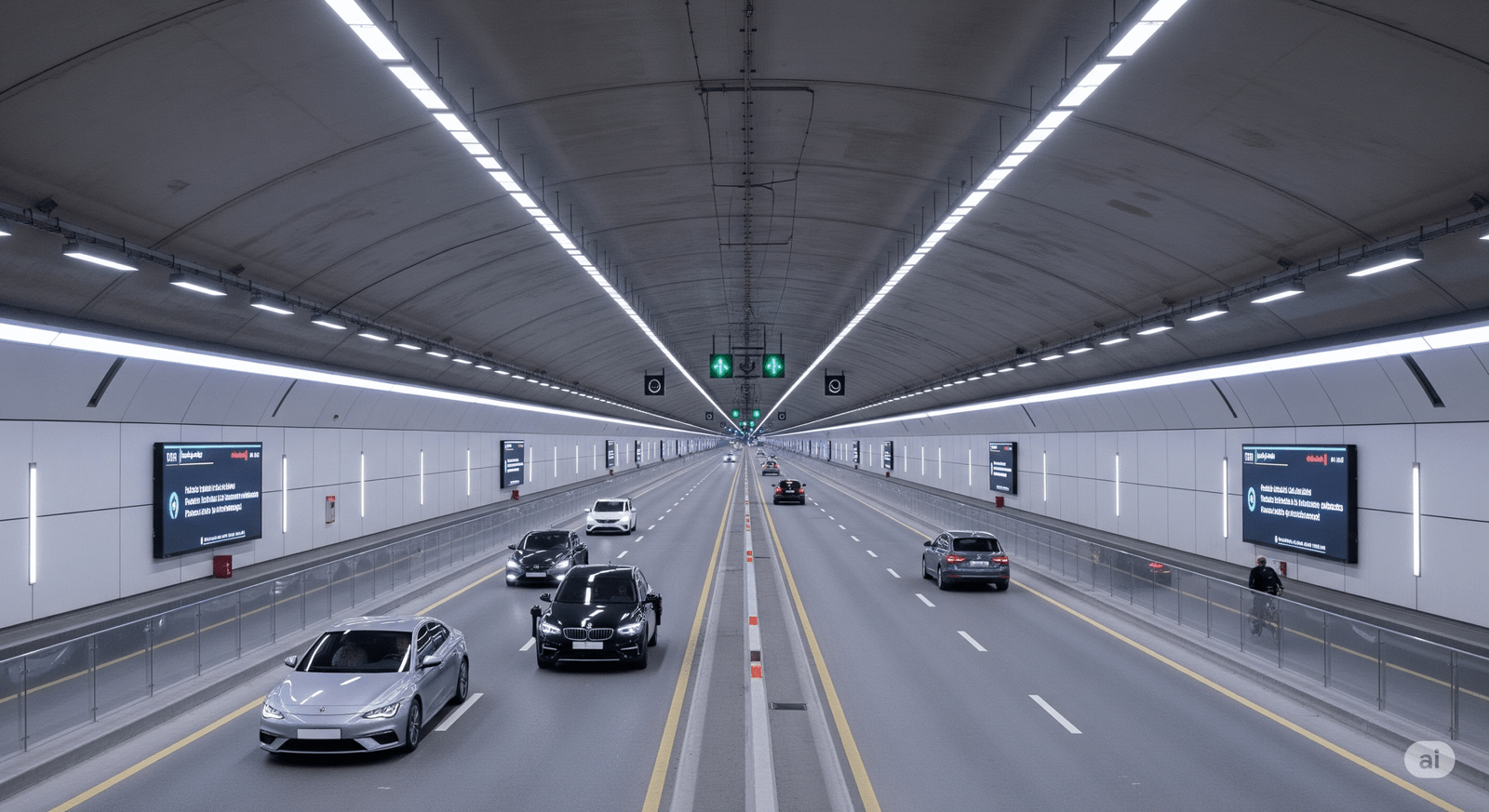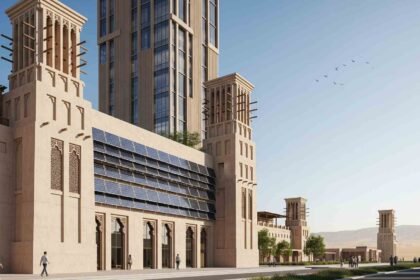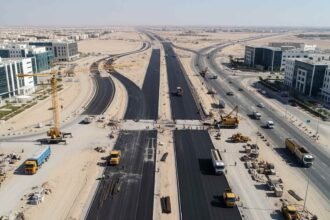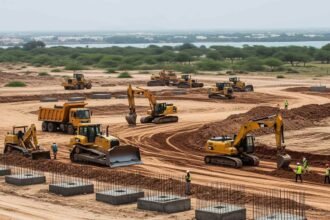Dubai’s Roads and Transport Authority (RTA) has officially opened a new underpass on Umm Suqeim Street, a tunnel stretching 800 metres, with four lanes in each direction, designed to improve connectivity and drastically reduce congestion across key traffic corridors.
The tunnel runs between the intersection with Al Khail Road and the junction with Sheikh Mohammed bin Zayed Road. It forms a central part of the broader Umm Suqeim Street Development Project, which covers approximately 4.6 km in total and aims to upgrade major east–west transport links across the city.
Major Travel Improvements
According to RTA Director General Mattar Al Tayer, the new tunnel has raised Umm Suqeim Street’s capacity to 16,000 vehicles per hour in both directions. Crucially, it slashes average journey time between Sheikh Mohammed bin Zayed Road and Al Khail Road from 9.7 minutes to just 3.8 minutes, representing a roughly 61 per cent reduction.
The route now delivers smoother links between four strategic highways: Sheikh Zayed Road, Al Khail Road, Sheikh Mohammed bin Zayed Road, and Emirates Road. That helps drivers move faster across Dubai’s north–south and east–west axes.
More than one million residents in communities such as Al Barsha South 1, 2, and 3, Dubai Hills, Arjan, and the Dubai Science Park are expected to see daily travel improved by this upgrade.
The tunnel lies beneath Umm Suqeim Street at Al Barsha South Street near King’s School, matching nearby surface‑level intersections to streamline flow into adjoining residential and commercial zones.
Smart Technology Used in Construction
RTA deployed a range of smart tools and technologies during construction. Drones equipped with artificial intelligence were used to collect and analyse data in real time, doubling the number of staff on site and accelerating decisions. These methods cut field‑survey time by up to 60 per cent, while time‑lapse imaging boosted monitoring efficiency by roughly 40 per cent.
Strategic and Historical Context
This latest opening builds upon earlier infrastructure steps along the Umm Suqeim corridor. Phase I, completed in 2013, covered the section between Sheikh Zayed Road and Al Khail Road. It included two three‑lane bridges, one over an eastern parallel street near Al Asayel Street, another over the western side near First Al Khail Road, as well as signalised intersections and pedestrian bridges to enhance safety between Al Quoz and Al Barsha.
In 2020, RTA further enhanced the route by adding a 500‑metre bridge at the entrance to Dubai Hills and Al Barsha South, supporting access to Dubai Hills Mall. This bridge, like the new tunnel, handles up to 16,000 vehicles per hour per direction.
All these phases form part of the Umm Suqeim–Al Qudra corridor improvement plan, extending roughly 16 km across Dubai from Jumeirah Street to Emirates Road. This corridor is identified as one of Dubai’s primary east–west arteries to link with north–south routes and cater to future urban growth.
What RTA Says
Al Tayer described the project as a “strategic corridor upgrade” that complements ongoing works across the city to future‑proof road networks. The message: as Dubai expands, transport infrastructure must keep pace not only in scale, but in smart design and efficiency.
RTA emphasised the tunnel’s integration into a wider urban plan, aiming to reduce delays, ease commuting stress, and anticipate traffic demand from new developments and population growth. The approach reflects a blend of physical infrastructure and digital tools to deliver better mobility outcomes.
This new tunnel marks a major step in Dubai’s transport drive, boosting road capacity, trimming commute times, and deploying smart construction tools to optimise delivery. It also reinforces a broader vision of building infrastructure that evolves with the city’s pace.
For commuters, the underpass promises smoother east–west travel and faster access across key routes. For planners, it offers a template for combining engineering with digital tech to keep roads moving as Dubai grows.







